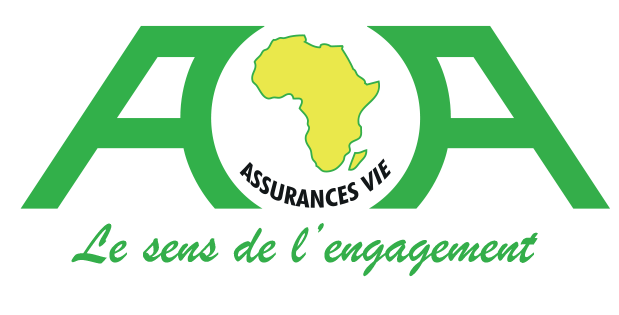 Life insurance is personal insurance. This insurance allows a person to insure himself in case of death or life
Life insurance is personal insurance. This insurance allows a person to insure himself in case of death or life
Life insurance consists of 3 basic elements :
– The subscriber of the life insurance Policyholder: This is the person who purchases the life insurance from a company. This person pays the premiums for the life insurance and is the person who enters into the contract with the insurance company.
– The insured This person is the insured person. Payment in the event of death or life will be made because this person has died or is still alive.
– The beneficiary : this person receives the insured capital
A life insurance policy works as follows :- Each insurance company has a starting date and an end date
- For a life insurance, the end date is very often the date on which the insured person reaches the age of 65.
- During the term of the insurance policy, the subscriber pays the premiums. If the insured dies, premium payments stop and the beneficiary of the life insurance receives the sum insured in the event of death
- If the life insurance policy is coming to an end (at expiration date) the insurer will pay the life insurance benefit to the beneficiary in case of life, as stated in the insurance policy
In practice, but also for tax reasons, the subscriber of the life insurance, the insured and the beneficiary of the capital in case of death are very often the same person. For example, you take out pension insurance for yourself. You are the policyholder, you pay the premiums, you are the insured because you want to receive the capital at age 65 if you are still alive, so you are also the beneficiary in the event of your death. If a death benefit is also included in the insurance policy, your spouse and child(ren) will often be the beneficiaries in the event of your death.
Source: : Mefirst.be
